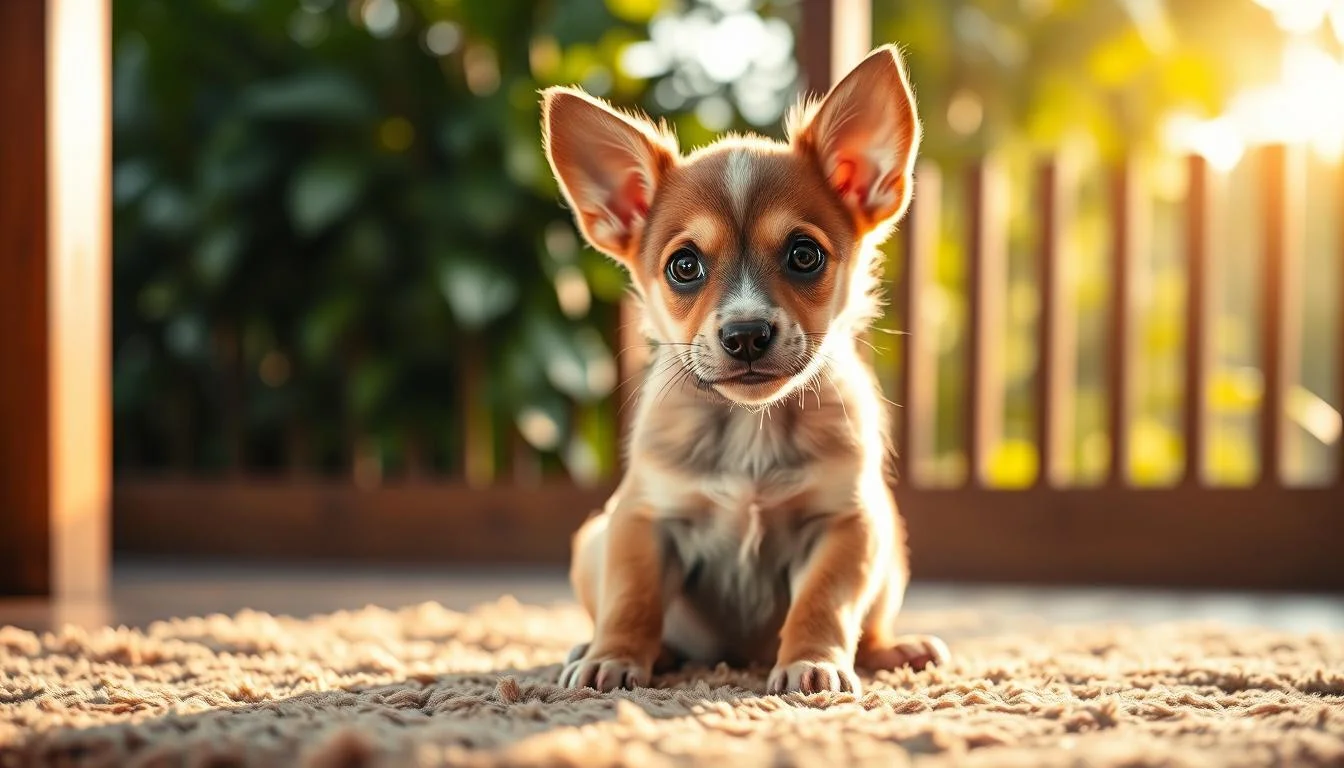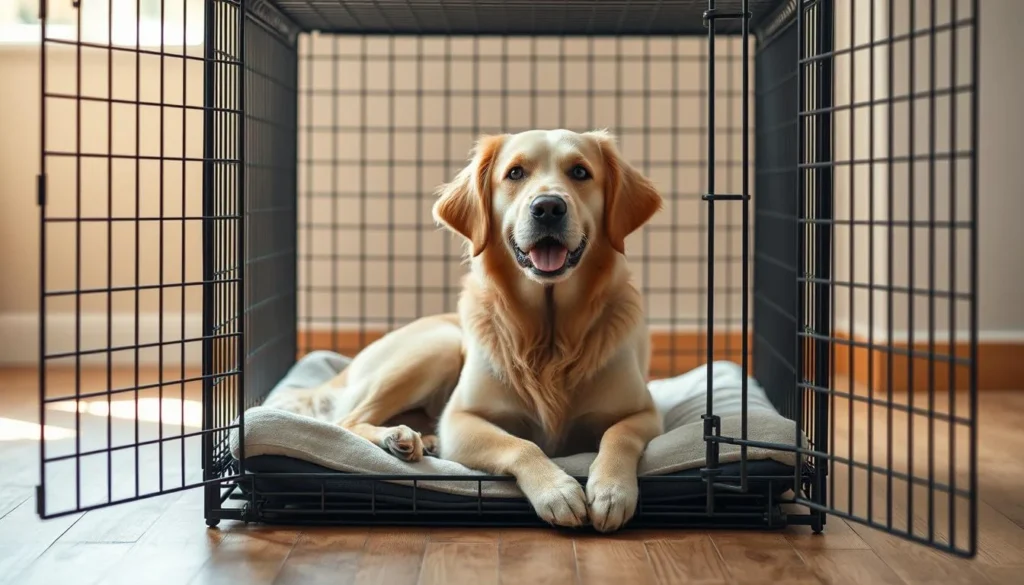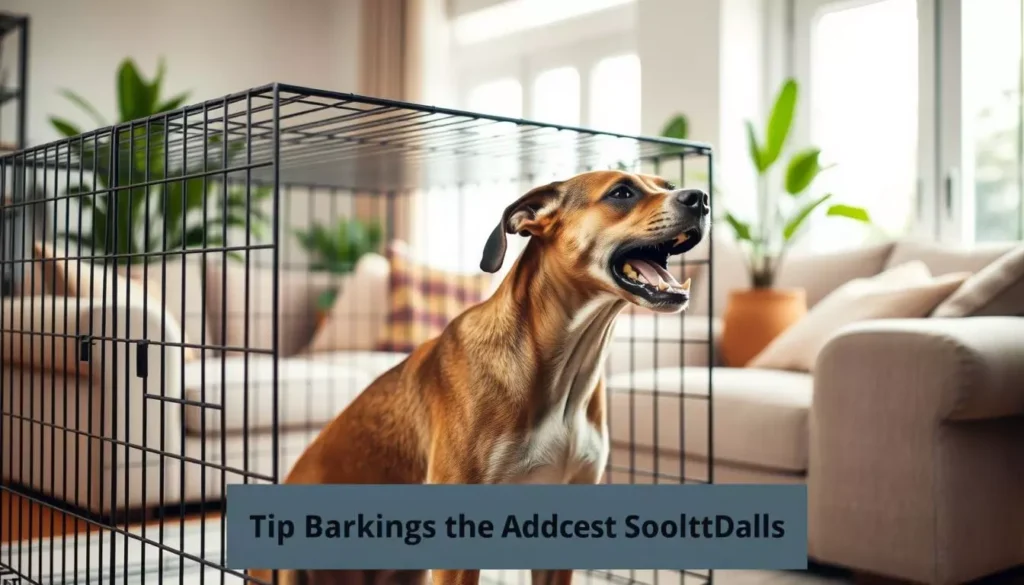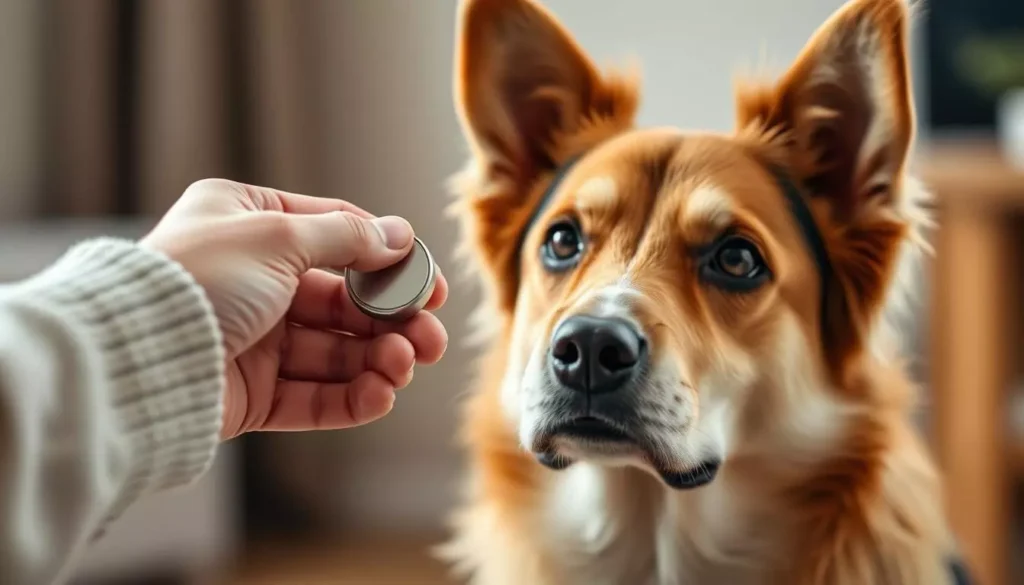I remember the day I brought home a trembling puppy at eight weeks old. My hands felt too big, and my heart was full of worry and promise. That first night, I learned something important: puppies start learning right away when they come home.
Knowing when to start training made a big difference. It helped my puppy grow into a calmer and more confident dog.
Puppy training age is crucial because it shapes their behavior for life. Experts say training should start as soon as you bring a puppy home, usually around 7–8 weeks. Early training includes gentle handling, basic cues, and calm social exposure.
This early training helps reduce fear, anxiety, and bad behaviors later on.
The most important time for social learning is between 6–16 weeks. In this period, I focused on short, positive training sessions and lots of safe socialization. I used positive reinforcement like treats, praise, and clear timing. I avoided punishment or dominance tactics.
Training is a lifelong process. By five to six months, many puppies understand well, but they keep learning. If you're wondering when to start training a puppy, the answer is as soon as they arrive. Start small, be consistent, and always use kindness.
Key Takeaways
- Begin training the day you bring a puppy home, commonly at 7–8 weeks.
- Early experiences between 6–16 weeks shape adult behavior and confidence.
- Use positive reinforcement; avoid punishment or aversive tools.
- Short, frequent sessions and safe socialization are most effective.
- Expect ongoing training; many puppies consolidate skills by 5–6 months.
how old to start training a puppy
I remember bringing my first Labrador home and wondering when to start puppy training. I learned that training begins the moment the puppy arrives. Short, gentle sessions teach name recognition, basic cues, and calm handling without overwhelming a tiny dog.
I start with a few simple routines the first day: crate introductions, a brief sit cue, and a consistent potty pattern. At about 7–8 weeks, many pups are ready for this gentle introduction. This early work sets expectations and builds trust while laying the groundwork for future skills.
Immediate training when you bring your puppy home
I begin with name recognition and a single cue at a time. Sessions last just a few minutes and focus on rewarding desired actions. I avoid long corrections and aim to teach what the puppy should do instead of only saying no.
I use treats, play, and calm praise to make learning fun. Crate and potty routines start right away so the puppy learns what to expect from daily life in my home.
Primary socialization window and critical age ranges
I watch the primary socialization window closely. The most open phase runs roughly from 6 to 16 weeks, with the window starting to close near 16 weeks. This span is prime for safe exposure to people, other dogs, sounds, and different surfaces.
Positive, controlled experiences here reduce the chance of fear-based reactions later. I introduce new things slowly, keep interactions upbeat, and stop before the pup shows stress.
How learning pace varies by puppy
I accept that each pup learns at its own pace. Patience and steady routines often beat pushing for speed. Some puppies chase food rewards eagerly, while others respond better to toys or praise. I find the right motivator and build from small wins.
Consistent feeding, potty, nap, and play schedules help the puppy feel secure and ready to learn. Tracking puppy behavior training age helps me adjust expectations as skills grow.
Best age to train a puppy: early milestones and what to expect
I share key milestones to guide you on what to teach and when. I focus on steps that fit a puppy's attention span and physical abilities. This approach helps you train at the right time without overwhelming them.
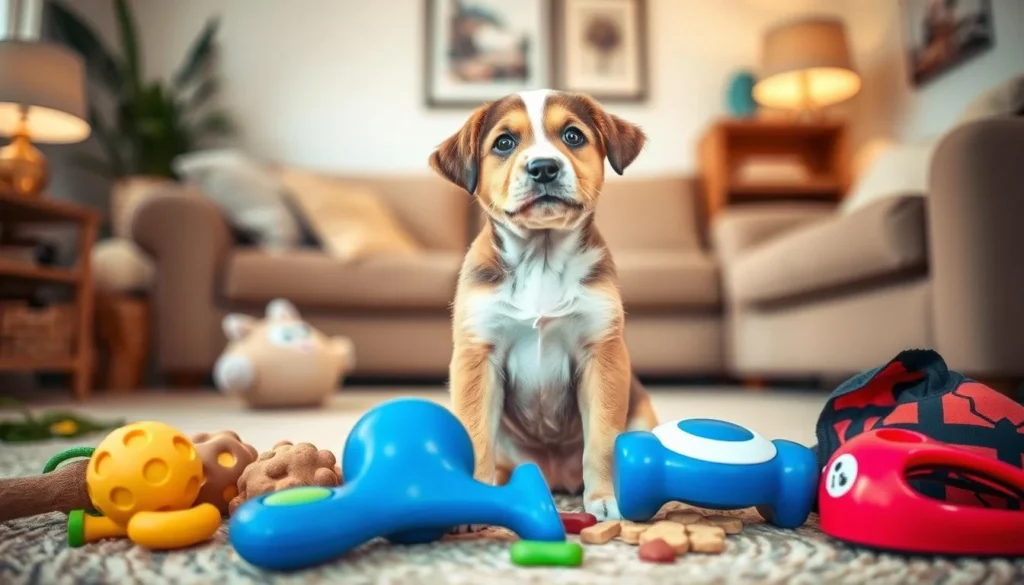
What puppies can learn at 7–8 weeks
At seven to eight weeks, puppies can learn simple commands like sit and recognize their name. Short training sessions of about five minutes are best for their short attention spans. It's important to introduce collars and leashes gently so they get used to them for vet visits and grooming.
Start playing games that require eye contact, like "watch," and reward them for it. Gentle handling helps them get used to touch and makes vet visits less scary. These early steps are crucial for setting a positive tone in their training.
Progress at 8–12 weeks
Between eight and twelve weeks, you can teach crate basics and practice walking on a leash. It's best to start potty training early and make crate time positive.
From ten to twelve weeks, focus on teaching bite control and redirecting their mouthing. Increase their socialization with calm people and vaccinated dogs when it's safe. Puppy classes usually start accepting pups around twelve to sixteen weeks, helping with obedience training.
Training at 3–6 months
At three to four months, introduce commands like Stay, Leave-It, and longer training sessions. Start combining commands and teaching self-control exercises.
From four to six months, move training outdoors and increase the distance and distractions. Start using praise and intermittent rewards instead of solid food rewards. Expect some changes around six months and keep a consistent routine to avoid setbacks.
| Age | Key Skills | Session Length | Goals for Owners |
|---|---|---|---|
| 7–8 weeks | Sit, name, leash acceptance, calm handling | 4–6 minutes, multiple times daily | Build trust, teach eye contact, normalize touch |
| 8–10 weeks | Crate introduction, threshold steps, potty routine start | 5–8 minutes, frequent practice | Create safe space, consistent bathroom schedule |
| 10–12 weeks | Bite inhibition, increased social exposure, basic recall | 6–10 minutes, add variety | Redirect mouthing, safe play, gentle socialization |
| 3–4 months | Stay, Leave-It, combined cues | 8–12 minutes, short focused sets | Build duration and control, introduce distractions |
| 4–6 months | Outdoor work, distance, duration, intermittent rewards | 10–15 minutes, spaced sessions | Wean food rewards, encourage reliability under distraction |
When to start puppy potty training
I remember bringing home my first Labrador and wondering how old to start puppy potty training. Early habits stick. A clear, calm routine helps both of us learn what to expect and when to head outside.
I recommend aiming for a potty training start age of about 8–12 weeks. At that stage puppies begin to gain bladder control and can respond to a simple schedule. Many owners see real progress inside a week to a month when they stay consistent and reward good behavior.
Practical schedule and tips
I use a simple guideline: the puppy’s age in months divided by two equals how many hours they can typically hold it. That gives a realistic frame for naps and outings. I take my puppy out first thing in the morning, after meals, after play, after naps, and right before bed.
I leash my pup and stand still for about five minutes so distractions don’t stop elimination. When the puppy goes, I reward immediately with praise or a small treat. Short, frequent trips and upbeat rewards make training less stressful for both of us.
Using crate training to support housebreaking
Crate work speeds puppy housebreaking age because dogs avoid soiling their sleep area. I pick a crate just large enough for the puppy to turn and lie down. I add a comfy pad and a safe chew toy to make it inviting.
I start with short, calm periods in the crate and slowly increase time while watching for signs of stress. I always link crate time with positive reinforcement. Used this way, crate training becomes a steady tool in the puppy training age journey.
Ideal puppy training start age for obedience (sit, stay, come)
Start teaching your puppy simple cues right away. Begin with short, consistent sessions. Use predictable words and feeding times to practice.
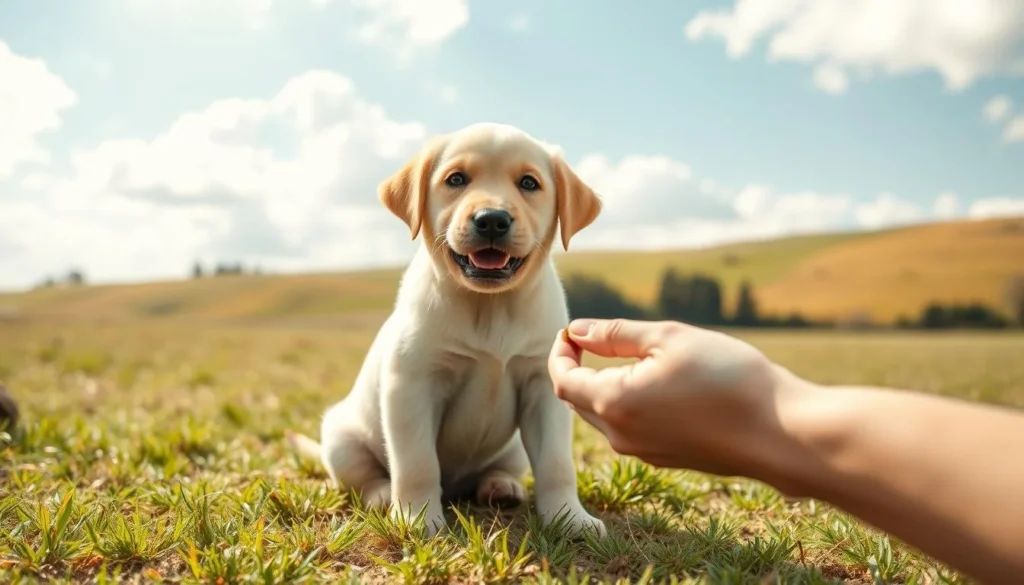
Teach Sit, Name recognition, Come, and Watch at 7–8 weeks. Use food lures and praise. Keep training short to keep your puppy interested.
Use the same cue and hand signal every time. Practice during meals to use food as a reward. This method shows you can start training early.
Start recall training in quiet rooms with treats. Lure your puppy close, then reward and increase distance slowly. This builds trust and prepares for more challenging training.
For Sit and Stay, add time and space gradually. Start indoors, then move to different rooms and outdoors after vaccinations. This approach helps your puppy learn to focus.
By 5–6 months, your puppy should have a solid foundation. Keep practicing to maintain their skills. This approach shows starting early and being consistent is key.
Puppy socialization age and safe exposure practices
I want to help you plan gentle, effective socialization for your pup. Choosing the right puppy socialization age and when to start puppy training makes a big difference in how confident your dog becomes. Start with calm, controlled steps that build positive associations.
I begin socialization at home with family and trusted friends. Let the puppy observe from a safe spot, then offer short, friendly interactions. This lets the puppy learn without stress. Quality matters more than quantity when I introduce new people and objects.
I add visits with calm, vaccinated dogs once the pup seems comfortable. I watch body language for signs of stress and step back if the pup freezes or avoids contact. This gradual approach supports puppy training age socialization and helps prevent fear-based reactions later.
Vaccination considerations and safe public outings
I avoid busy dog parks until vaccinations are complete. Short trips (10–15 minutes) to quiet sidewalks, outdoor patios, or empty parking lots expose the pup to sights and sounds while limiting direct dog-to-dog contact. I always check with my veterinarian about timing and safe socialization for puppies.
I carry a lightweight blanket or towel so the pup can experience different surfaces while staying off high-traffic ground. I reward calm interest with treats and praise to link new places with positive outcomes.
Handling noises, surfaces, children, and strangers
Noise desensitization is a regular part of my routine. I play recordings of traffic, doorbells, and trash trucks at low volume, then raise the level only as the pup stays relaxed. Short, predictable exposures help build confidence.
I introduce varied surfaces—grass, tile, carpet, sand—during play sessions. I kneel or sit at the pup’s level, let them explore at their pace, and mark calm steps forward. This hands-on work supports later vet visits and grooming.
I teach children safe ways to approach and pet the puppy. I encourage gentle touches and supervised interactions. I practice handling ears, paws, and mouth in brief sessions, rewarding calm behavior to make exams easier.
Quick reference
| Focus | Action | Why it helps |
|---|---|---|
| Home starts | Invite quiet friends, short visits | Builds trust before public outings |
| Controlled dog meetings | Meet vaccinated, calm dogs on leash | Teaches canine social cues safely |
| Public outings | 10–15 minute low-traffic trips | Exposure without high infection risk |
| Noise and surfaces | Short, repeated exposures with rewards | Reduces startle reactions and fear |
| Handling practice | Daily brief handling and treats | Makes grooming and vet checks calm |
When I plan socialization, I keep the puppy’s comfort first. Using safe, gradual steps answers the main question of when to start puppy training and builds a foundation for lifelong confidence.
Training a young puppy: positive reinforcement and session structure
I help owners use gentle, science-backed methods for training young puppies. We focus on short wins, building trust, and creating lasting good habits as your dog grows.
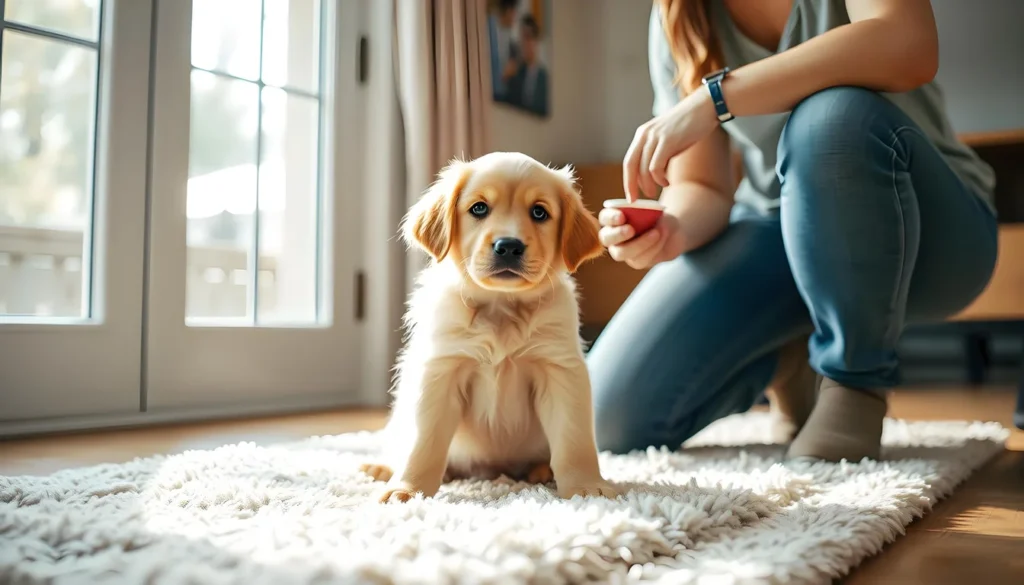
Why positive reinforcement is the only scientifically backed method
Positive reinforcement puppy training is backed by science. It shows rewards lead to faster learning and less fear. This method lowers stress and builds confidence.
I advise against using shock, choke, or prong collars. These can cause anxiety and long-term problems. Instead, we focus on building trust and good habits.
Short, frequent training sessions
Puppies get tired and have short attention spans. I break lessons into five-minute bursts, repeated several times a day. This keeps practice fun and helps with retention.
I end each session on a high note to keep the puppy eager. Training is tied into daily routines like feeding and play. This reinforces cues naturally.
Finding the right rewards
I test different rewards like kibble, tasty treats, toys, praise, and petting to find what motivates each puppy. Some dogs prefer play over food. I always carry a treat pouch for every session.
As training progresses, I vary the rewards. This helps the puppy learn cues without relying only on treats. It matches the puppy's behavior training age and supports steady progress.
Crate training and separation basics at a young age
I guide owners in making the crate a cozy spot, not a scary place. Pick a crate that fits your puppy well and place it in a busy area, like a living room. Add soft bedding and keep the door open for them to explore.
Use meals, toys, and kind words to make crate time positive. Feeding and rewarding calmness inside the crate helps your puppy enjoy it. Even at seven to eight weeks, small victories add up to big habits.
Start with short, closed-door periods once your puppy is comfortable with the crate open. Begin with ten minutes, then gradually increase the time. Watch for signs of stress and shorten the time if needed.
Practice calm exits from the crate to teach control. This is crucial before you increase alone time. Using the crate for potty training helps with bladder control and reduces accidents.
The table below offers a simple plan for gradual increases. Follow it with regular feeding and play to keep progress steady and kind.
| Stage | Duration | Goal | Key Cue |
|---|---|---|---|
| Exploration | Unlimited, door open | Positive association with crate | Feed meals inside |
| Short closed sits | 10–15 minutes | Comfort with closed door | Quiet praise |
| Extended rests | 30–60 minutes | Nap and potty support | Pre-crate calm cue |
| Alone practice | 1–3 hours | Build separation tolerance | Leave-and-return routine |
| Overnight | 6–8 hours (age dependent) | Sleep routine; reinforce house training | Consistent bedtime cue |
Follow this plan while checking your puppy's comfort at each step. Crate training, done with care and patience, helps your puppy feel secure. This matches the pace of puppy separation basics and crate training expectations.
Leash training and public manners: when to begin and how to progress
I start leash training inside the house before going outside. I introduce a collar or harness and a light leash indoors. This helps the puppy get used to it without distractions.
I let the puppy wear the gear for short periods and reward calm behavior. Taking small steps, like moving a few feet and stopping, helps build confidence. It also shapes good habits.
When deciding when to start leash training, I focus on gradual exposure. After the puppy accepts the leash indoors, I practice in quiet rooms. I use treats and praise to teach the puppy that walking beside me is rewarding.
I wait to practice skills outdoors until vaccinations are complete. For outdoor training, I choose quiet spots like empty parking lots. Sessions are short at first, and I reward every small success.
Threshold routines help prevent bolting and reduce pulling. I teach the puppy to sit and wait at doorways before going outside. Simple drills like a Calm Wait and a Leave-It cue help control excitement.
I break progression into clear steps so the puppy succeeds at each stage.
- Indoor leash: gear acceptance, short walks, start/stop training.
- Controlled thresholds: Sit and Wait at doors, Leave-It practice.
- Quiet outdoor spots: short, frequent sessions after vaccinations; higher-value rewards as needed.
Public manners for puppies come from consistent practice and realistic goals. I keep sessions brief and make rewards predictable. Gradually adding distractions helps leash training feel natural to a growing dog.
Common training challenges by age and how to handle them
I've helped many owners tackle common puppy training issues. Each age has its own challenges. Taking it one step at a time helps you stay calm and teach lasting skills.
Nipping and mouthing in early weeks
Puppies use their mouths to explore. Between 8–12 weeks, they mouth more as their teeth grow. I teach them to bite gently by offering chew toys and praising them for calm play.
It's key to redirect them quickly and consistently. Use a soft "ouch" for hard bites and give them a toy. Short play breaks help them stay focused and learn faster.
Adolescent testing and boundary shifts
At about six months, dogs often test boundaries. They may struggle with recall, impulse control, and focus. I suggest maintaining a strict routine and practicing skills like distance, duration, and distractions.
Break tasks into small steps and reward each success. A regular routine helps nervous dogs feel secure. If they struggle with a cue, go back to basics, use high-value rewards, and build their confidence slowly.
Slow learners and low food drive
Some puppies learn slower or aren't excited by food. The age for training varies for slow learners. I use play, praise, or special treats to motivate them. For some, petting or short tug games work better than food.
Keep training sessions short and celebrate small victories. Break tasks into even smaller steps and repeat cues. With patience, routine, and varied rewards, even the slowest learners can make progress.
Conclusion
I started training my puppies when they were 7–8 weeks old. This early start made a huge difference. I used positive reinforcement, short sessions, and consistent routines.
This approach helped with basic cues, potty habits, and crate comfort. It shows the importance of starting puppy training early.
The 6–16 week socialization window is key. I balanced safe outings with gentle exposure to new things. Crate and potty routines gave my pups security.
Slowly, I introduced leash and public manners. This mix of timing and safety is essential for new owners.
Every dog learns at their own pace. I was patient and consistent, using high-value rewards and practice. This made my puppies confident adults.
Short, fun, and predictable sessions are key. The routines you start early will benefit your puppy in the long run.

